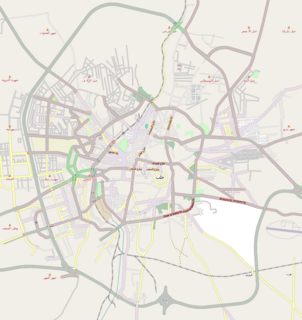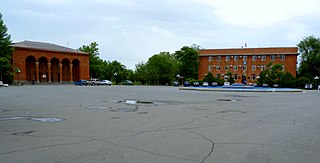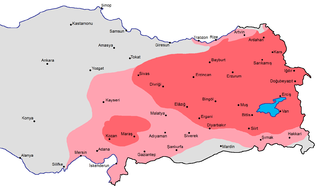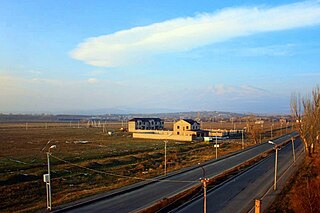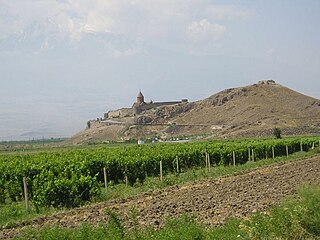During the late 19th century rise of nationalism under the Ottoman Empire, the word "Nairi" or "Nayiri" (Armenian: Նայիրի in TAO or Նաիրի in RAO) came to be used as a synonym for Armenia among Armenians who came to see the Nairi (see also Mitanni, better known to Armenians as Aram-Naharin), a people located in the wider area of the Armenian Highlands during the Late Bronze Age, as their remote ancestors.
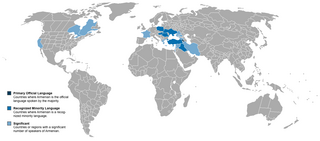
The Armenian language is an Indo-European language spoken primarily by Armenians. It is the official language of Armenia. Historically being spoken throughout the Armenian Highlands, today, Armenian is widely spoken throughout the Armenian diaspora. Armenian is written in its own writing system, the Armenian alphabet, introduced in 405 AD by Mesrop Mashtots.

Armenians are an ethnic group native to the Armenian Highlands of Western Asia.
Nairi was the Assyrian name for a confederation of tribes in the Armenian Highlands, roughly corresponding to the modern Van and Hakkâri provinces of modern Turkey. The word is also used to describe the Armenian tribes who lived there. Nairi has sometimes been equated with Nihriya, known from Mesopotamian, Hittite, and Urartean sources. However, its co-occurrence with Nihriya within a single text may argue against this.
In 1916, Vahan Terian published a collection of poems entitled Land of Nairi (Armenian : Yerkir Nairi), in which he used Nairi in place of Armenia. Likewise in 1923, Yeghishe Charents wrote a satirical novella entitled Land of Nairi, using Nairi as a synonym for Armenia. Another writer, Hayastan Yeghiazarian, used Nairi Zarian as his pen-name, replacing his first name, Hayastan (the Armenian word for Armenia since the Late Middle Ages) with Nairi.
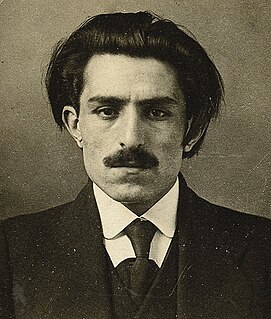
Vahan Terian was an Armenian poet, lyrist and public activist. He is known for his sorrowful, romantic poems, the most famous of which are still read and sung in their musical versions.

Yeghishe Charents was an Armenian poet, writer and public activist. Charents was an outstanding poet of the twentieth century, touching upon a multitude of topics that ranged from his experiences in the First World War, socialist revolution, and, more prominently, on Armenia and Armenians. He is recognized as "the main poet of the 20th century" in Armenia.

The Late Middle Ages or Late Medieval Period was the period of European history lasting from 1250 to 1500 AD. The Late Middle Ages followed the High Middle Ages and preceded the onset of the early modern period.



